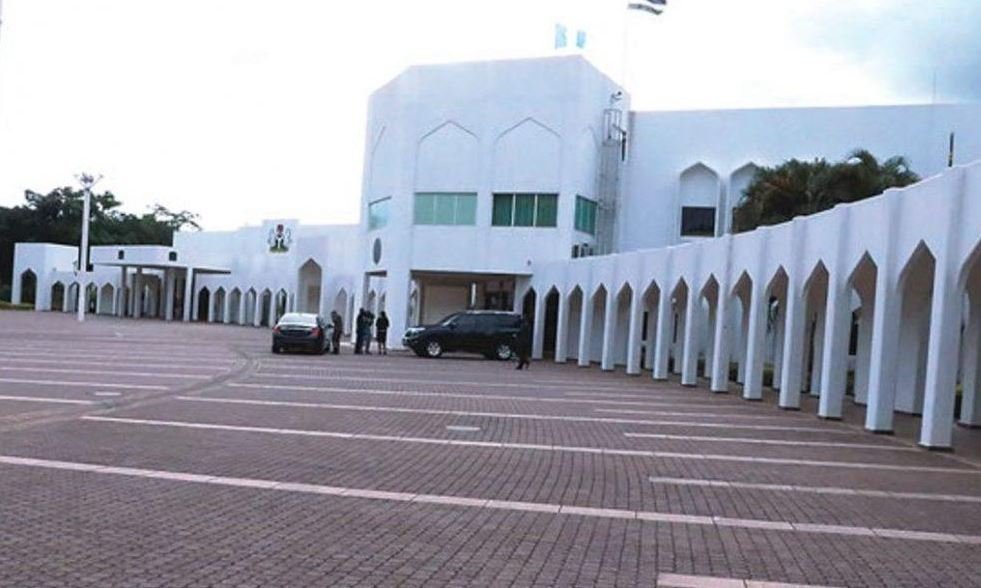Aso Rock is a symbol of power and authority in Nigeria. But do you know how this iconic landmark came to be?
This guide shares with you the history of Aso Rock, and you’ll learn about some of the key figures involved in its construction.
READ ALSO: How To Address The President Of Nigeria In A Letter
Who Was The Architect Of ASO Rock Nigeria?
The architect of Aso Rock is the construction company Julius Berger Nigeria PLC, which was built under the administration of President Ibrahim Babangida, who was awarded the contract in 1989.
However, the construction was completed in just 13 months, with the villa officially opening in December 1991. This special structure serves as the official residence and workplace of the President of Nigeria, located near the prominent Aso Rock in Abuja.
What Is The History Of ASO Rock?
Aso Rock is a famous natural and political landmark located in Abuja, the capital city of Nigeria. This huge rock stands about 400 meters (1,300 feet) tall and rises to a height of 936 meters (3,071 feet) above sea level.
It is not just a natural feature but plays an important part in Nigeria’s political landscape. Around Aso Rock, you will find key government buildings like the Aso Rock Presidential Villa, the National Assembly, and the Supreme Court.
However, the history of Aso Rock is linked with the decision to move Nigeria’s capital from Lagos to Abuja. In 1976, during the rule of General Murtala Mohammed, it was decided that the capital should be relocated to a more central part of the country to promote unity and reduce the heavy population in Lagos.
A committee led by Justice Akinola Aguda recommended the creation of a Federal Capital Territory (FCT) in the region where Abuja is now located. On February 3, 1976, the new capital was officially declared, and Abuja became Nigeria’s capital.
READ ALSO: How To Know A Fake NAFDAC Number?
After this decision, the need for a new presidential residence became clear, and the construction of the Aso Villa began in 1989 under President Ibrahim Babangida’s administration.
The construction contract was given to Julius Berger Nigeria PLC, and the project was completed in just 13 months. The villa officially opened on December 12, 1991, making President Babangida the first head of state to live in Aso Villa.
Aso Villa is not only a symbol of Nigeria’s government but also serves as the official home and office of the President of Nigeria.
The villa includes offices for the President and Vice President, meeting rooms, and spaces where important national functions take place.
However, the villa is located within the “Three Arms Zone,” which also includes the National Assembly and the Supreme Court.
This area is essential for Nigeria’s government operations, symbolizing the unity of the country’s executive, legislative, and judicial branches.
The name “Aso” means “victory” in the local Gbagyi language. The Gbagyi people are the indigenous people of the area, and they hold Aso Rock in high cultural and spiritual regard.
They believe the rock has spiritual powers and hold annual festivals at its base. During these festivals, they perform rituals and offer animal sacrifices to honor their gods.
Aso Rock has also been a key site for important political events. For example, in 2003, the Aso Rock Declaration was signed here during the Commonwealth Heads of Government Meeting (CHOGM).
READ ALSO: How To Carry Out NAFDAC Registration? (2024 Step-By-Step Guide)
This declaration focused on democracy and development, affirming these goals for Commonwealth nations. Over the years, Aso Villa has seen several upgrades and expansions to meet the growing needs of the Nigerian government.
Aguda House, which was initially built as a temporary residence for the President before the completion of Aso Villa, now serves as the official home for the Vice President of Nigeria.
Because Aso Villa is the center of Nigerian leadership, it is heavily guarded. Only authorized personnel can enter the villa due to security concerns.
The Presidential Guard Brigade and State Security Service agents ensure the safety of the President, government officials, and visiting foreign leaders.

